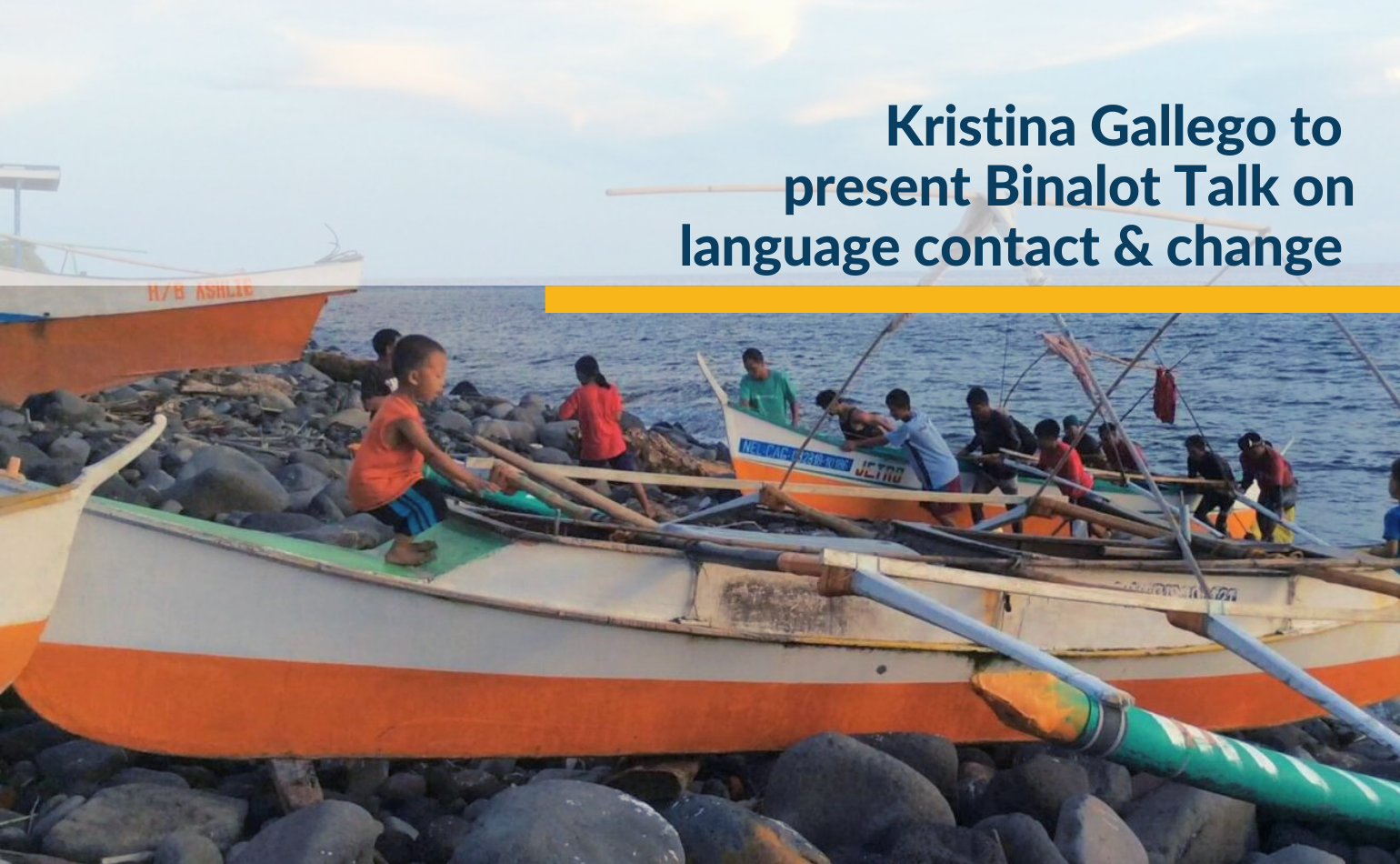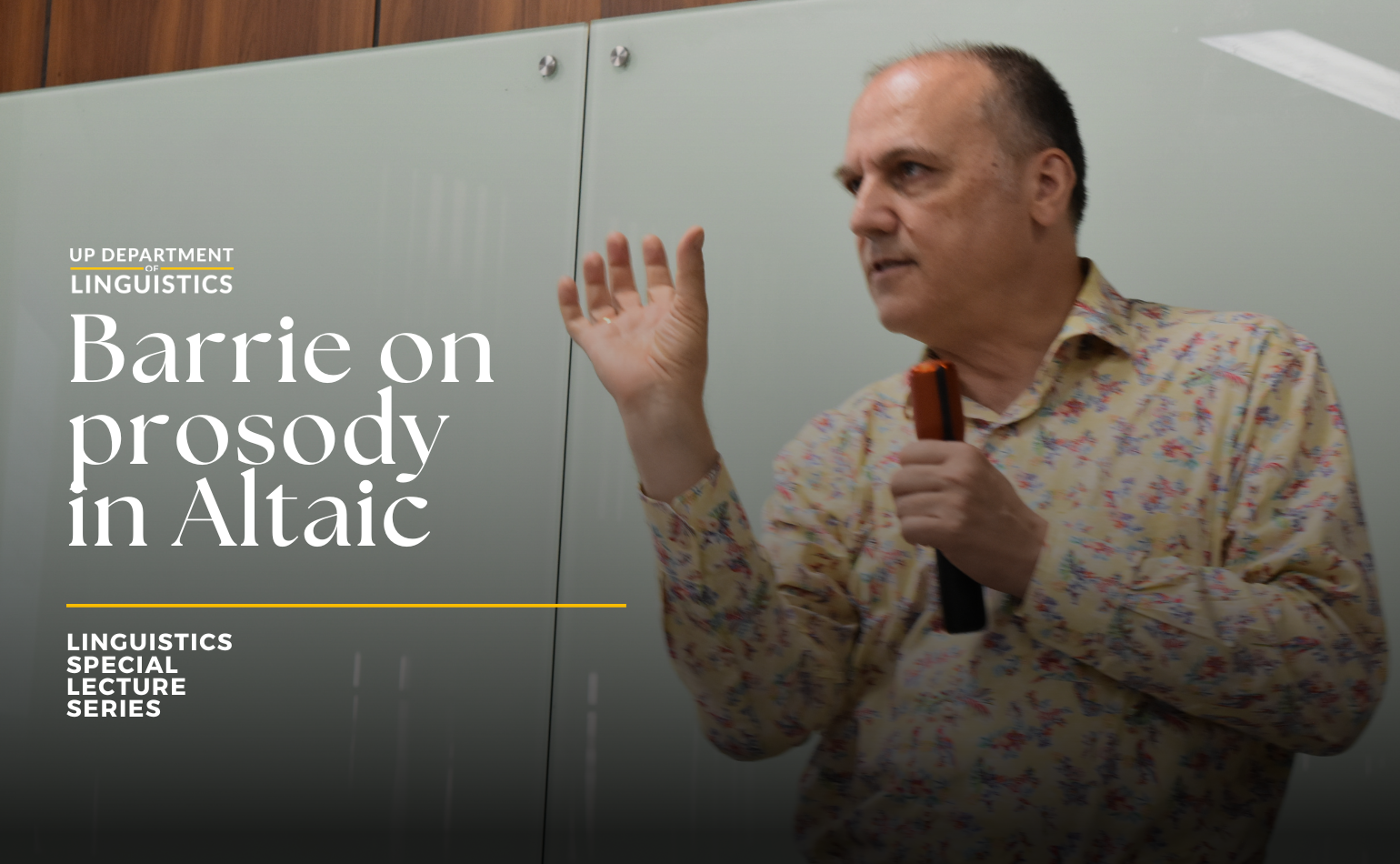
Department Chair Maria Kristina Gallego has been invited to present a Binalot Talk by the UP Diliman School of Archaeology on April 19, 2023. The talk, titled “The Stratigraphy of a Community: 150 Years of Language Contact and Change in Babuyan Claro, Philippines,” is based on her doctoral dissertation, which Dr. Gallego completed at the Australian National University. Below is the abstract of her presentation:
The Stratigraphy of a Community: 150 Years of Language Contact and Change in Babuyan Claro, Philippines
Language is a reflection of history, and as such, changes in the social life of a community are signaled by corresponding layers of language change.
The island community of Babuyan Claro, located in the far north of the Philippines, demonstrates the importance of this connection. The island is home to the Ibatans, a community which emerged from a century and a half of intense social contact between people from different, but closely related, ethnolinguistic groups: Ivatan and Itbayaten (Batanic) and Ilokano (Cordilleran). The mixed ancestry of the present-day Ibatan people, coupled with sustained social contact among the groups, resulted in the maintenance of bilingualism, which has driven the development of Ibatan as a language distinct from its sister Batanic languages.
Ibatan reflects striking contact-induced linguistic features, not only in the lexicon, but also in structure, namely phonology and morphosyntax. These outcomes of language contact are driven by cognitive, social, and linguistic mechanisms that apply on both the aggregates of the individual and the community. Language change therefore is embedded within the socio-historical context of the people. Teasing apart layers of language change then allows us to reconstruct the stratigraphy of a community. That is, particular kinds of contact-induced change are argued to be linked to specific agents of change, agents with varying degrees of language dominance in Ibatan, which are in turn shaped by the social ecology of the community.
The accumulation of social change in the 150 years of the Babuyan Claro community involves changing patterns of agentivity, language dominance, and population structure, which continue to shape the Ibatan language. This case study on Babuyan Claro that links linguistic outcomes to the mechanisms and agents that drive them ultimately allows us to understand the nature of language contact and change more deeply.
The lecture will be held at Albert Hall at 12:00PM. Visit the UPD School of Archaeology website for more information.
Published by UP Department of Linguistics



